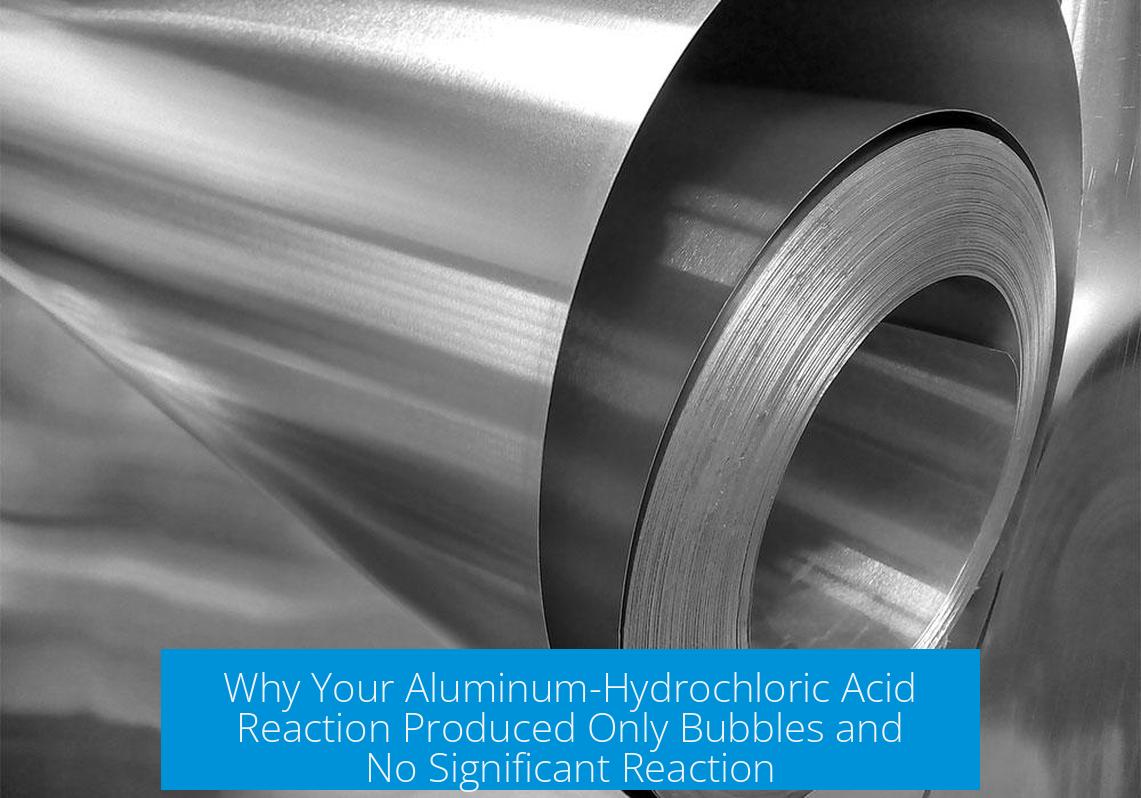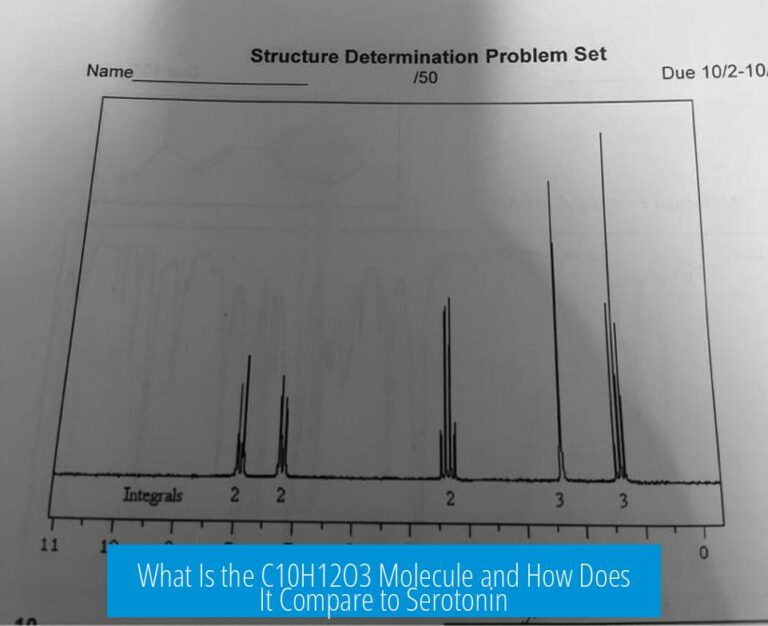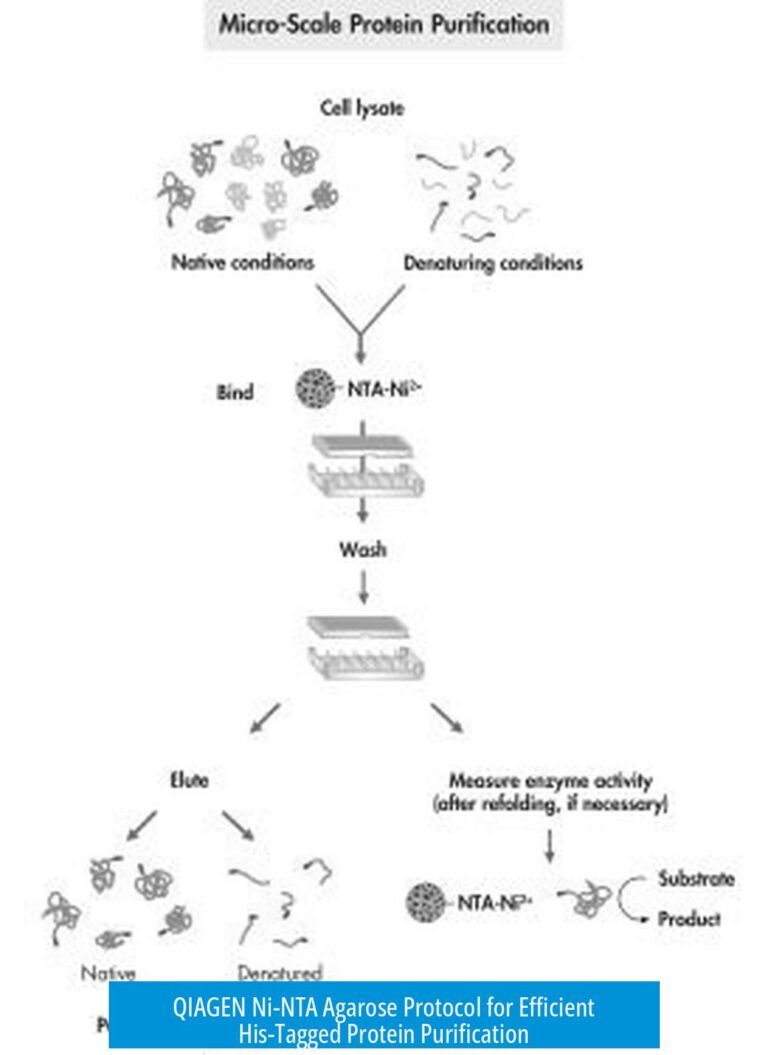Why Did Aluminum Barely React with Hydrochloric Acid?
The mild bubbling observed when reacting aluminum with hydrochloric acid typically results from the protective oxide layer on the aluminum surface combined with the low concentration of acid. This oxide passivation layer prevents direct contact between the acid and aluminum metal, severely slowing the reaction and causing only minor hydrogen gas evolution without vigorous activity.
Key Factors Behind the Observed Limited Reaction
- Aluminum oxide passivation: A thin, tough layer of aluminum oxide (Al2O3) naturally forms on all exposed aluminum surfaces. This layer resists acid attack and must be penetrated before acid can reach pure aluminum metal.
- Acid concentration: Dilute hydrochloric acid (below ~1M) reacts very slowly with aluminum, especially through an oxide layer. Moderate to high concentration (1M and above, ideally 25% or more HCl) is required for visible vigorous hydrogen evolution.
- Surface cleanliness and condition: Contamination like oils, dirt, plastic coatings on aluminum foil, or other surface films inhibit or slow the reaction considerably. Scratching the surface in acid can help break the oxide layer.
The Role of the Aluminum Oxide Layer
After aluminum is exposed to air, it immediately develops a very thin but strongly adherent oxide film a few atoms thick. This Al2O3 coating is chemically stable and passivates the metal. It prevents further oxidation and corrosion under many conditions, including contact with dilute acids.
For the acid to react with the aluminum underneath, it must first dissolve or remove this oxide layer. Hydrochloric acid can slowly attack and break down the oxide at sufficient concentrations, but in practice, the process is sluggish with dilute acid. Some reactions suggest that aluminum chloride formed at the surface might hydrolyze, re-forming an aluminum hydroxide layer that maintains passivation and limits further acid attack.
Therefore, the initial bubbling seen when acid contacts aluminum often represents limited acid access where small breaches in the oxide film allow localized reaction, producing hydrogen gas. Without breaking or removing the oxide layer, the reaction will stall or progress very slowly.
“Basically the acid has to eat through the aluminum oxide first before it gets to the aluminum.”
Impact of Hydrochloric Acid Concentration on Reaction Rate
The acid concentration directly correlates with reaction kinetics. Low concentration HCl solutions (0.1M or less) show almost no visible reaction, even with physical agitation or scratching. Concentrations upward of 1M are needed to notice significant hydrogen evolution when aluminum is clean and accessible.
| Acid Concentration (M) | Typical Reaction Observation |
|---|---|
| 0.1M | No visible reaction |
| 1M | Reaction observable if surface scratched |
| 2-4M | Lively reaction, visible bubbling |
| 6M or above | Rapid, sometimes violent reaction |
Industrial or laboratory procedures often use concentrated HCl (~25-35%) to ensure efficient interaction with aluminum. Heating the acid-aluminum mixture can further enhance the reaction rate.
Effect of Aluminum Form and Surface Quality
Aluminum foil differs from pure bulk aluminum in several ways that influence its reactivity:
- Surface coatings: Many commercial aluminum foils have polymer layers such as polyethylene or protective lacquers. These layers block acid access to aluminum.
- Metal purity: Foil may contain alloying elements like magnesium or minor trace metals affecting chemical behavior.
- Surface contamination: Oils from handling, dust, and oxidation products reduce the effective acid-aluminum contact area.
- Physical form: Larger surface areas (powder or small pieces) react faster than big chunks due to greater acid exposure.
To improve reaction:
- Clean aluminum thoroughly from oils and dirt.
- Remove polymeric coatings by careful burning or purchasing uncoated aluminum.
- Cut aluminum into small pieces or powder.
- Scratch or mechanically disrupt the oxide layer within the acid solution.
Typical Surface Treatment Tips
- Rub or scratch aluminum foil while submerged to break oxide layer.
- Use sandpaper or abrasive pads before immersion.
- Degrease surface with ethanol or acetone.
Chemical Products of the Aluminum-Hydrochloric Acid Reaction
The fundamental reaction is:
2Al + 6HCl → 2AlCl3 + 3H2
Hydrogen gas evolves as bubbles, and aluminum chloride remains dissolved in the solution. The amount of gas depends on aluminum quantity and reaction completeness.
The bubbling seen demonstrates hydrogen formation — direct evidence of the reaction proceeding at some level. Lack of vigorous bubbling suggests slow, incomplete progress due to oxide or low acid concentration issues.
Alternative Approaches for Faster Reaction or Hydrogen Generation
Several strategies exist to overcome the passivation issue or improve hydrogen production efficiency:
- Use more concentrated hydrochloric acid: Concentrations ≥25% improve oxide dissolution and reaction rate.
- Scratching aluminum in situ: Mechanical disruption of oxide layers increases metal accessibility.
- Heat the reaction: Raising temperature accelerates kinetics but requires careful safety measures.
- Add catalysts: Copper chloride has been shown to catalyze aluminum corrosion efficiently, promoting hydrogen evolution.
- Use sodium hydroxide (NaOH): Aluminum rapidly reacts with alkali producing hydrogen but involves more hazardous conditions.
- Switch metals: Zinc reacts reliably and predictably with acid for hydrogen generation.
Careful evaluation of safety, equipment, and chemical handling is essential with these approaches.
Final Recommendations for Successful Aluminum-Hydrochloric Acid Reaction
- Use concentrated hydrochloric acid (>1M, preferably 25% or more).
- Prepare aluminum with clean, oxide-free surface—scratched or abraded.
- Cut aluminum into small pieces to maximize surface area.
- Consider gentle heating to speed the reaction.
- Remove polymer or lacquer coatings if using foil.
- Consider alternative metals or catalysts if aluminum remains unreactive.
Summary of Key Points
- Aluminum’s oxide layer (Al2O3) passivates the surface, preventing easy acid attack.
- Diluted hydrochloric acid often cannot penetrate this oxide layer or reacts extremely slowly.
- Concentrated acid and clean, scratched aluminum surfaces improve reaction vigor.
- Aluminum foil coatings and contamination dramatically reduce acid-metal contact.
- The reaction produces aluminum chloride and hydrogen gas; bubbles indicate hydrogen evolution.
- Alternative methods (catalysts, alkalis, different metals) can enhance hydrogen production.





Leave a Comment